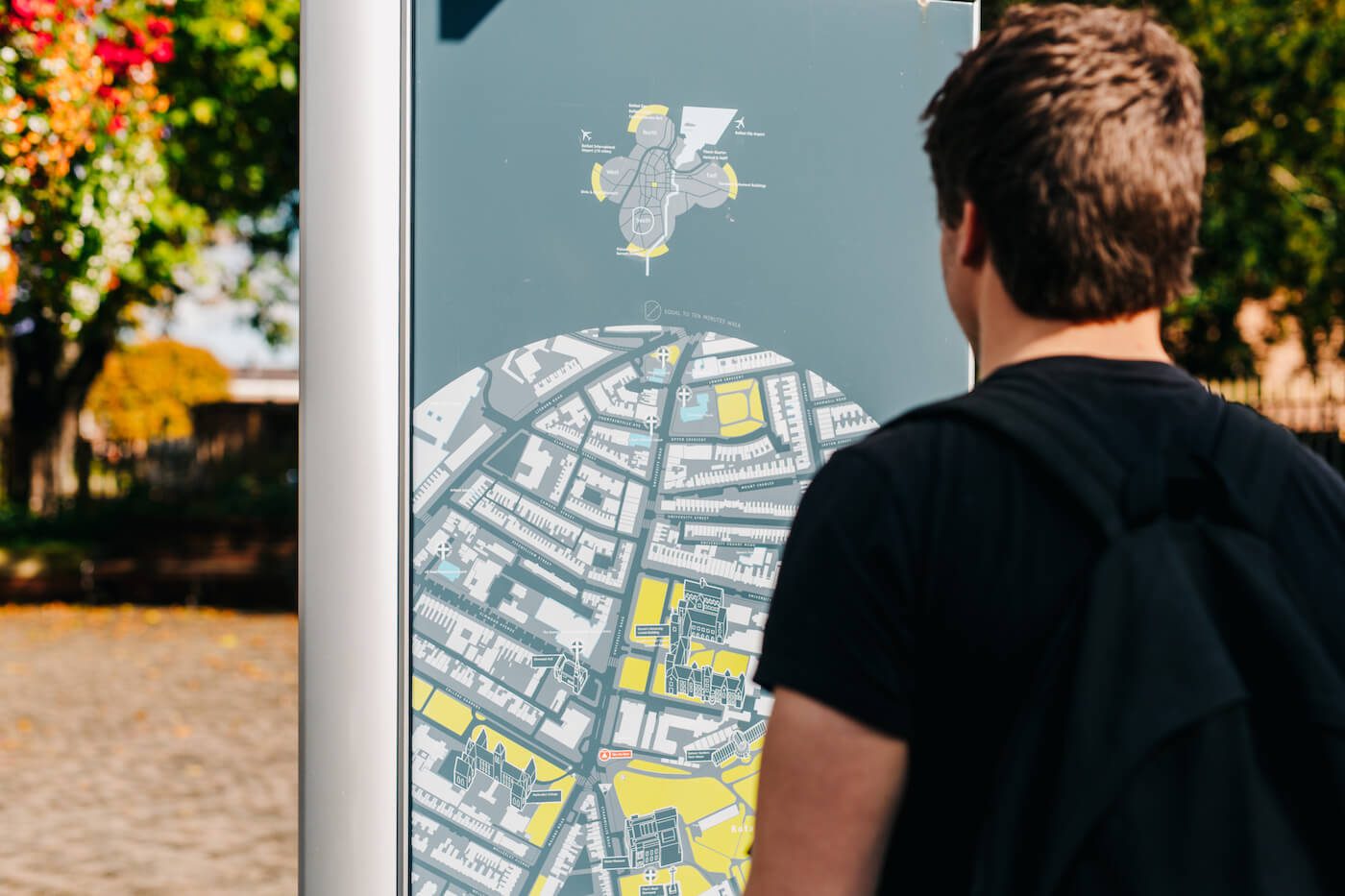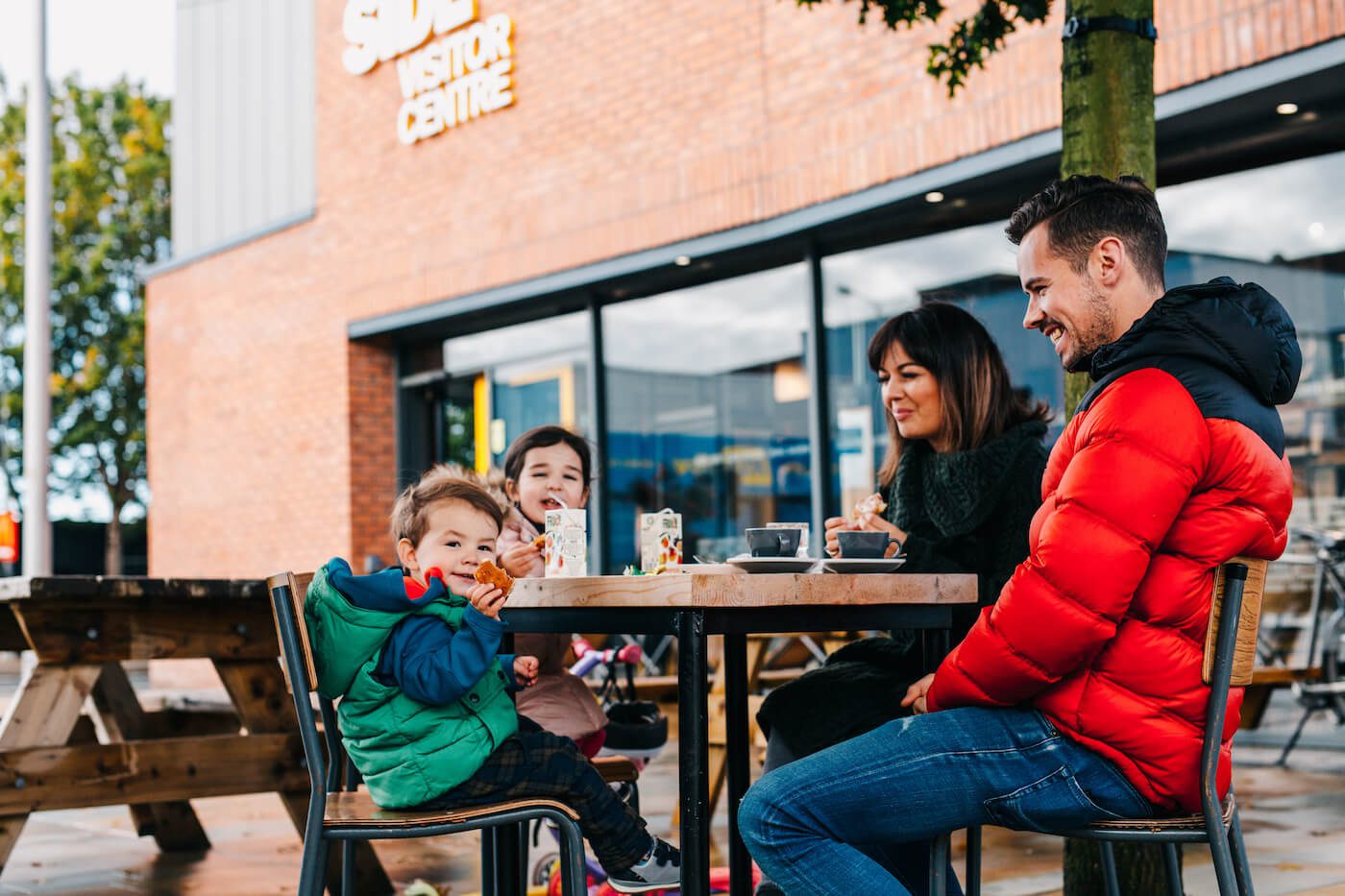Were you one of the 500,000 hopefuls vying for Oasis tickets back in August? Tickets to the band’s reunion tour are like hen’s teeth, with the battle royale between fans in Ticketmaster queues sparking debate about dynamic pricing, ticket reselling platforms, and whether you should be allowed to go at all if you only know Wonderwall.
It’s worth remembering that sold-out arenas constitute a far cry from Oasis’ humble beginnings. In their (much) earlier days, they co-headlined a tour with a band called Whiteout, with the two alternating headlining and supporting at gigs across the UK. At one such gig, at a venue named Moles in Bath, Oasis were the support act to Whiteout’s headline. The venue was packed to the gills with 300 audience members lucky enough to catch the Gallaghers and co. just before they made it big. Everyone in that audience was part of something special and rare, and has lifelong bragging rights to boot.
Unfortunately, opportunities like these to catch bands before they hit the big time are getting rapidly rarer with the mass disappearance of grassroots venues like Moles, which closed its doors in December of 2023. Moles is only one in a slew of grassroots venues forced to shut their doors due to skyrocketing operating costs – 125 across the UK stopped programming live music in 2023. This begs the question, where is the next Oasis going to cut their teeth if there are no stages left for them to start out on? And what can we do to help places like Moles keep their lights on and their doors open?
So, what is a grassroots venue exactly?
Grassroots venues play a vital role in maintaining the longevity of the music sector. They do this by wearing a number of very important hats. Many straddle the roles of artist and audience development. Grassroots venues provide a space for artists to learn their craft, and to grow their fanbase before they’re able to swing arena size audiences. The very nature of GMVs has risk-taking at its core – taking risks on unknown artists and on new audiences is part and parcel with the grassroots remit.
The general understanding of the term ‘grassroots’ is ‘from the ground up’, and that clicks for most of us when we think of them. That’s what these venues do: help to build artists, and the communities that support them, from the ground up. But is there a more official definition to help us determine what exactly constitutes a grassroots venue in terms of size, remit, or programming? The short answer is: not really.
Before the establishment of the Music Venue Trust in 2014, there was no representation for these venues in the law whatsoever, and thus there’s no official definition for them. Their lack of explicit legal or financial status makes it more difficult for these venues to manage their finances and to lobby for effective change. There’s no one-size-fits-all description for grassroots venues, and a lot of factors influence how they must operate; funding, capacity, and alcohol licenses, to name but a few. In an NI context, in a sector that’s already chronically underfunded, grassroots venues I met with feel like it’s an uphill struggle.
Even within Belfast alone, grassroots music venues vary massively in structure from organisation to organisation. Some are partially reliant on funding bodies; others receive no external funding at all and must focus more on bar sales to supplement their revenue. Their audience profile varies significantly, as do their capacities. Grassroots venues know they’re casting a wide net, and this is reflected in the genre and scale of their programming, and the ancillary in-venue spend they can expect to help cover costs.
A catch 22 emerges here: many of these venues find themselves treading the line between being considered too commercial to be grassroots, or being too grassroots to be commercially viable. The result is often the worst of both worlds. To maintain charitable status, which is necessary for many of these venues for funding eligibility, they must ensure they’re not running the business at too much of a profit (especially alcohol-based profit). For those who don’t get external funding, additional emphasis must be placed on in-venue spend and bar sales. So commences a vicious cycle for the latter – if their focus is on commercial revenue to stay afloat, how can they transition to charitable status? While charitable status would enable them to programme holistically, and in the best interests of the local music scene, how can they get there without putting the entire venue’s existence at risk?
What about here in NI?
When I chatted with some Belfast based grassroots music venues, it was abundantly clear that their relationships with artists are at the very heart of what they do. It’s an ecosystem – they provide a space for these artists to grow, and, over time, their audience grows with them.
Northern Ireland has an incredible music scene, one the venues I spoke to are proud to be part of. There’s a vibrant array of artists taking to stages in cities like Belfast and Derry, and at regional venues and festivals, like Stendhal. The audiences for these musicians are willing to clock up some serious mileage to get to good quality acts – 25% of music audiences travelled 45 minutes or more to attend a music event according to our IMPACT research. In terms of sheer volume (forgive the pun), music in NI seems to be on the up, with Belfast named a UNESCO City of Music, and exciting new spaces like 2 Royal Avenue and Show Some Love recently opening their doors and stages to musicians.
One thing we’ve learned from looking at box-office data in our Foundations Report is that there’s a new audience coming up in Northern Ireland post-Covid. These new punters are elusive, proving harder to pinpoint in terms of demographics, and more difficult to convert to return attenders. We’ve established that grassroots venues diverge from the average arts and culture space in several ways – and their audience is no exception. We’ve found audiences for small music venues are more than two times likelier than average to be new to the venue. Are this brave new audience engaging with grassroots music venues, finding new ways to engage with arts and culture on their doorstep?
Our research has found that 16-25 year-olds engage very differently to 45-55s, and this is a necessary consideration for grassroots venues. The majority of people who engage with arts and culture in NI fall within the middle age groups, but music audiences show up slightly differently, with more under 20s and over 50s than average. Life stage plays an important part in what people engage with. For example, night-time music events in the city centre mightn’t be feasible for a young parent, but for 19-year-old college students living in the city or 65-year-old retirees catching the last bus home, these kinds of events can be an affordable chance to see (or hear) something different.
Our IMPACT research has found that music audiences have the highest non-ticket spend of the genres we surveyed. We also found that audiences of smaller venues are twice as likely than average to be motivated to attend by supporting the venue and feeling part of a community. Community buy-in is the lifeblood of grassroots venues and the artists they support. The audience can make a real difference to an artist’s career, and trust the venue to programme high-quality music. Developing that trust, and fostering that sense of empowerment in your audience, takes time and, nowadays, a marketing budget, both of which are in short supply for grassroots venues.
What does the future hold for grassroots venues?
While spinning multiple plates in terms of advancing the local music scene, grassroots venues have all the same audience development concerns as their funded counterparts in the sector – how do they reach new punters? How can they foster loyalty and engagement? Diverse, dynamic audiences have a symbiotic relationship with the quantity and quality of music being made – the bigger and more varied the music audience is, the more new and exciting music can be made and subsequently programmed. But if grassroots venues are expending all their energy on keeping their heads above water financially, can they prioritise holistic audience and artist development?
The Music Venue Trust has suggested that financial support for the grassroots scene could come from the top down. They’ve proposed an arena-level ticket levy, which will help to fund the operation of grassroots venues across the UK. Some big names have already bought into this; most recently, Coldplay have pledged 10% of proceeds from their upcoming tour to the MVT. In May, MPs made a recommendation to implement a subsidy on arena and stadium gigs, with a deadline of September 2024 imposed on the commercial side of the sector to agree on an arrangement. This deadline has passed, and David Martin of the Featured Artist Coalition has expressed concern about ‘getting the conversation back on track’. For the grassroots sector, the clock is ticking, with venues in England closing at a rate of 2 a week.
We’re seeing the impact of harsh conditions for grassroots venues already with the mass closures in the UK. These venues, and the artists they support, need something to give. We have a long way to go before we see the changes proposed by the MVT implemented across the board in England, and probably even longer before these changes are brought to NI.
When asked how they felt about their visit to a small music venue, one of our IMPACT respondents described a ‘feeling of support and community that radiates from the place and people.’ While it might seem like an uphill struggle ahead for grassroots venues, it’s that sense of community they inspire we need to focus on. These venues and their audiences alike need more from the sector to keep the lights on and the doors open, or we risk losing a whole world of new music.
Contact us
We’re called thrive for a reason. Let us know how we can best support you – drop us a line any time.

Search our website
Search for free reports, toolkits, audience development tips and more










